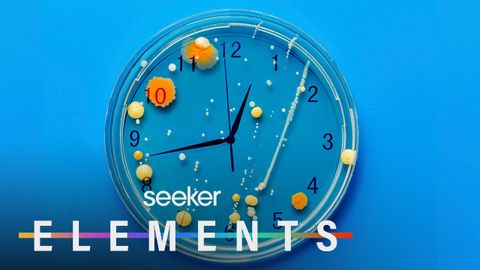什麼?!細菌居然有時間的概念?! (Bacteria Can Tell Time...Wait, What?!)
Summer 發佈於 2021 年 10 月 10 日  沒有此條件下的單字
沒有此條件下的單字US /ɪˈsenʃəli/
・
UK /ɪˈsenʃəli/
- adv.本質上 ; 本來 ; 實質上;本質上;實際上
US /ˈprɑsˌɛs, ˈproˌsɛs/
・
UK /prə'ses/
- v.t.用電腦處理(資料);(依照規定程序)處理;處理;流程;加工;理解
- n. (c./u.)(規定的)程序;過程;進程;方法;法律程序;進程
US /ɪˈsɛnʃəl/
・
UK /ɪ'senʃl/
